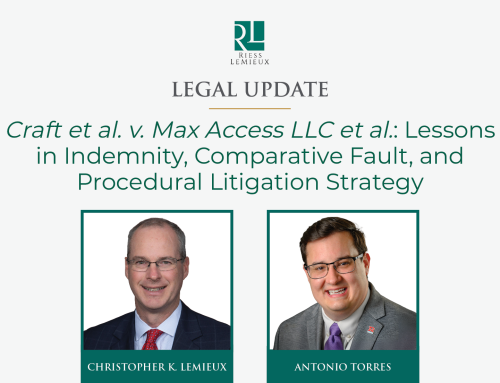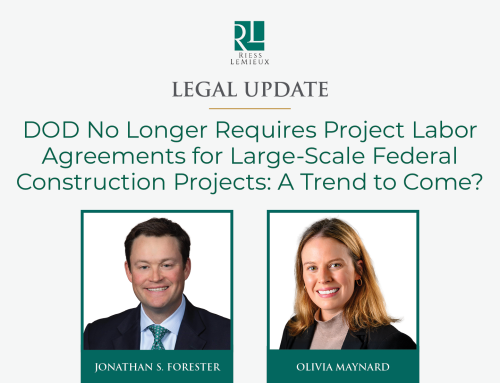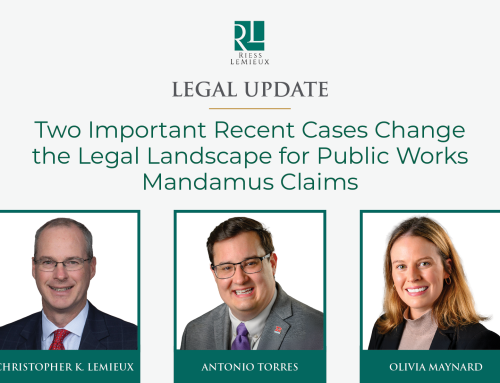 Additional insured status may not be enough to trigger coverage for project owners under a Construction All Risk Policy.
Additional insured status may not be enough to trigger coverage for project owners under a Construction All Risk Policy.
Authors: Michael S. Blackwell and Hannah Marler
The general contractor, The McDonnel Group, LLC (“McDonnel”) initially filed suit against its insurers, Starr Surplus Lines Insurance Company and Lexington Insurance Company (“Defendants”) in relation to six loss incidents that occurred at the Jung Hotel, owned by The Jung, LLC (“Owner”). As the general contractor, McDonnel purchased from Defendants a Complete Value Construction All Risks Policy (“Policy”), which was insured 50% by each of the Defendants. McDonnel’s subcontractors filed separate suits that were consolidated, and Owner was permitted to intervene in the suit to assert its claims as an additional insured.
Defendants filed motions to dismiss the claims of the subcontractors as well as the Owner because neither were considered additional insureds under the policy. The trial court initially denied Defendants’ motion to dismiss stating that the policies were ambiguous as to whether subcontractors or the Owner were additional insured. The Court on reconsideration then reviewed its previous determination that the insurance policies were ambiguous. Ultimately, the Court held that the Owner was not an additional insured under Defendants’ insurance policies, which is contrary to the typical contractual interpretation in construction matters involving AIA Contract Documents A201-2007.
The Court in making its determination as to insurance coverage relied on the well-settled laws for insurance policy interpretation set forth by the Louisiana Supreme Court in Sims v. Mulhearn Funeral Home, Inc., 956 So. 2d 583 (La. 2007). The Court reviewed the Prime Contract between the Owner and McDonnel as well as the Defendants’ Policy. The Prime Contract incorporated Article 11 of the AIA Contract Documents A201-2007, which requires the owner to purchase and maintain property insurance for the protection of the owner, contract, subcontractor, and sub-subcontractors. Whereas, McDonnel’s insurance clause only required that McDonnel’s policy of insurance protect the interest of the contractor, subcontractors, and sub-subcontractors. It was undisputed that the Policy was purchased by McDonnel, not the Owner. This deviates from the norm under the AIA Article 11, as the all risk policy is typically purchased by the owner rather than the general contractor. The Court ultimately reasoned and the parties agreed, “a minimum requirement for the Policy to recognize an entity as an additional insured is that that entity must be required to be an additional insured under a contract or subcontract for the Project.” Where McDonnel purchased the Policy there was no requirement that the Owner’s interest be protected by the Policy.
Given the widespread usage of the AIA Document in construction projects, this ruling may create coverage interpretation problems regarding additional insured status for project owners. Ultimately, if the standard AIA Contract Documents A201-2007 is used and the general contractor is the carrier of the all risks policy, then owners and general contractors may need to modify the language of Article 11 to provide additional insured coverage for the project owner. It is critical that owners and general contractors review the contractual language to afford protection to the intended parties.



